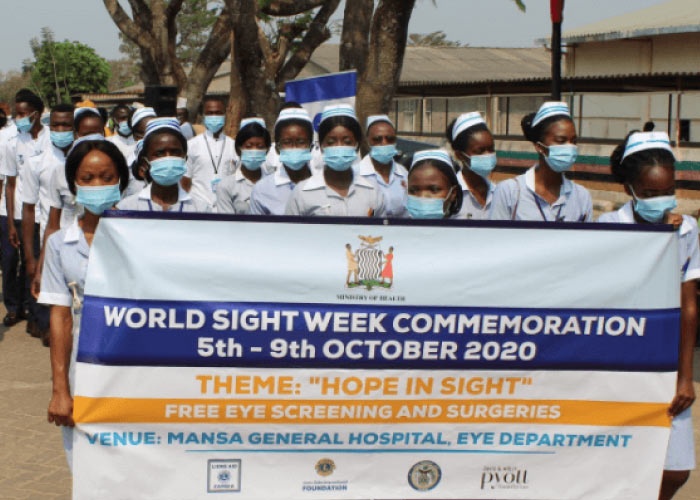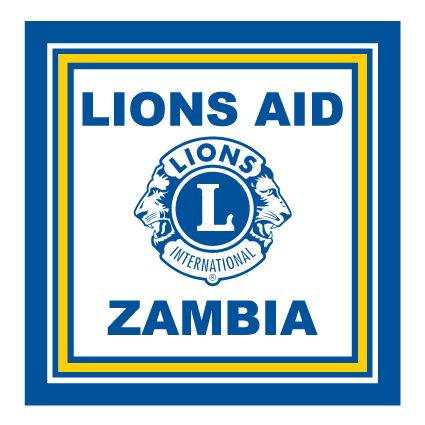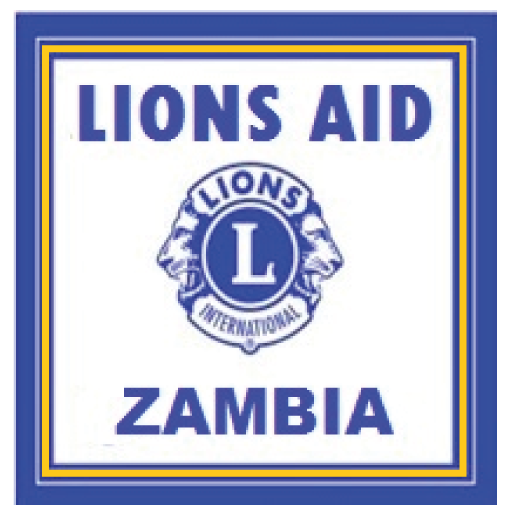What is it?
Cataract is the opacification (clouding) of the lens of the eye, which prevents clear vision and usually progresses to blindness if left untreated (IAPB). A cataract develops when the lens in your eye, which is normally clear, becomes foggy mostly associated to aging, trauma, uveitis, diabetes, ultraviolet light exposure, and smoking. Although most cases of cataract are related to the ageing process, occasionally children can be born with the condition, or a cataract may develop after eye injuries, inflammation, and some other eye diseases. Women are at greater risk than men for developing cataracts and are less likely to have access to services.
A person can be suspected to have cataract when they experience the following:
- cloudy or blurry vision.
- Need for brighter light to read.
- Difficulty seeing at night.
- Changes in the way you see color
- Sensitivity to bright sources such as sunlight, bulbs, or headlights.
- Prescription changes in glasses.
- Double vision.
Treatment and successes
Cataracts usually worsen over time and eventually, the doctor will likely recommend surgery to remove the cataract. If the cataract symptoms are mild, a patient might just need a new prescription for glasses. During cataract surgery, the surgeon removes the clouded lens and replaces it with an artificial lens implant. The new lens is clear, shaped to fit your eye and personalized to your vision needs.
Impact
Cataract remains the leading cause of blindness and an important cause of visual impairment across the globe. The proportion of blindness due to cataract among all eye diseases ranges from 15% in high income regions to 50% or more in poor and/or remote regions. In Zambia, cataract accounts for 55% of the causes of avoidable blindness (National Health Policy). In the projects we implement to target cataracts, the following activities are conducted.
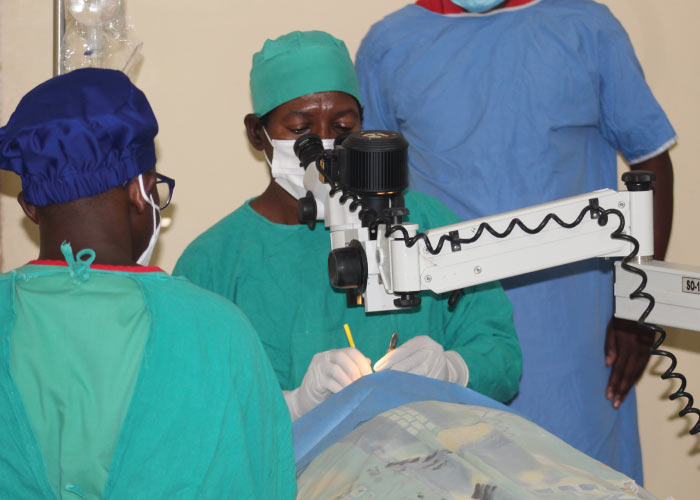
Outreach
Outreact Community Volunteers move from door to door in communities assigned to them screening for cataracts. They are provided with a basic training that makes it possible for them to conduct this task effectively. Once identified, patients are asked to go to their nearest health facility on a set date where transport is made available to take them to the Surgical site.
When patients arrive at the Surgical Site, the Cataract Surgeon confirm their conditions and conducts surgery.

Capacity Building (Human Resource)
Lions Aid Zambia is dedicated to serving the community and providing a service where it is most needed through eye care and humanitarian services.
Human Resource (Capacity Building)
We support the training of Health personnel and orientation of Volunteers to increase knowledge and delivery of service.
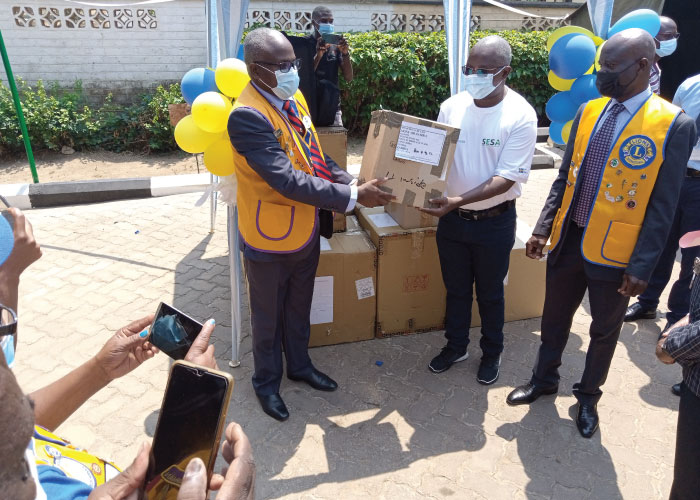
Equipment, instruments and consumables
